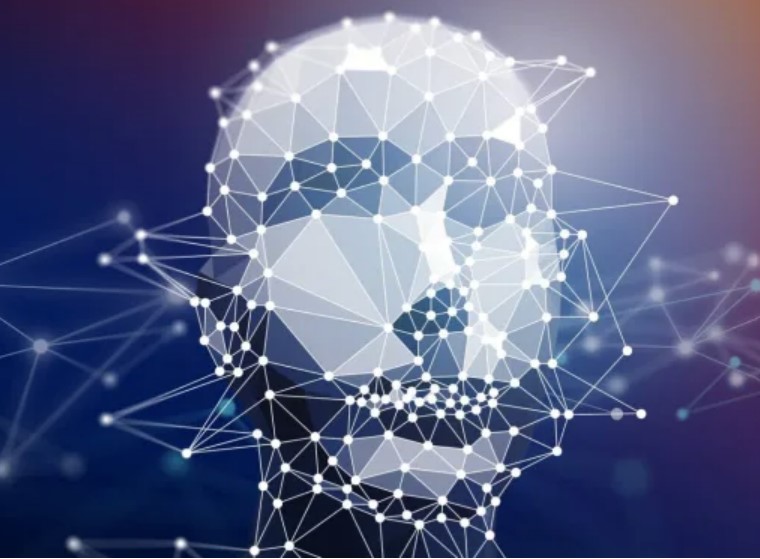Here’s a short list of posts for AI founders looking ahead to 2024: Startups must add AI value beyond ChatGPT integration: One criticism …
The world's millionaires are on the move, and their migration patterns are shifting. In 2023, 122,000 high net worth individuals (HNWIs) are expected to move to a new country, with Australia reclaiming the top spot as the most popular destination. The United Arab Emirates, Singapore, the United States, and Switzerland round out the top five countries for HNWI inflows. At the other end of the spectrum, China is expected to lose the most HNWIs in 2023, with 13,500 millionaires leaving the country. India, the United Kingdom, Russia, and Brazil follow closely behind.
Why are millionaires moving? The reasons vary, but economic freedom, tax burdens, and investment opportunities are key factors. Singapore, which boasts the highest level of economic freedom in the world, is a popular destination for HNWIs. Greece, despite its economic challenges, is also expected to see a significant influx of millionaires due to its golden visa program.
The impact of HNWI migration goes beyond the economic. It also has geopolitical implications, as governments compete to attract and retain the world's economic elite.

by motley fool -- Artificial intelligence (AI) and machine learning (ML) are more than just buzzworthy terms for some cutting-edge companies. They are the foundations on which incredible businesses have been built. Even better, some of these companies make hay in industries essential to the economy. Cybersecurity is top of mind for C-suite executives in all industries, government agencies, school districts, and even nonprofits. Cybercriminals are always on the prowl, costing organizations billions each year. IBM notes that up to 90% of cyberattacks and 70% of breaches come through endpoint devices. AI-powered CrowdStrike Holdings (NASDAQ: CRWD) is the leader in endpoint security with a comprehensive, entirely cloud-based platform. The company's results are on fire, as I'll discuss below. Meanwhile, data centers are crucial for cloud applications, data storage, computing power, and (definitely) complex AI and ML software that require massive computing power. Nvidia (NASDAQ: NVDA) is light-years ahead of its competition, and its data center software and hardware are mission critical. This is why its data center revenue rose 171% year over year last quarter to $10.32 billion.
CrowdStrike is firing on all cylinders
CrowdStrike provides comprehensive security with its Falcon platform. The advantages are several: Falcon is cloud-native (no on-premises hardware required), customizable, and uses AI to analyze data and provide real-time protection. The platform is modular, so customers can choose which modules they want or need. This plays into CrowdStrike's land-and-expand strategy: It gains a customer, proves the platform's worth, and then the customer adds more modules -- creating more revenue. This shows up in the company's dollar-based net retention rate (DBNR), which has been above 120% dating back to the first quarter of fiscal 2019. DBNR measures the year-over-year increase in sales from an average customer. Above 100% is good, and above 120% is excellent. You can probably guess how the chart of annual recurring revenue (ARR) growth looks: The meteoric rise to $2.9 billion in ARR has enabled CrowdStrike to generate $416 million in free cash flow through the second quarter of this 2024 fiscal year and stack up $3.2 billion in cash against $742 million in long-term debt. Having cash on hand to fund growth is crucial in this environment, and the company likely won't have to borrow money at unfavorable interest rates.

MIT Technology Review by Rachel Nuwer -- Just as birth certificates note the time we enter the world, death certificates mark the moment we exit it. This practice reflects traditional notions about life and death as binaries. We are here until, suddenly, like a light switched off, we are gone. But while this idea of death is pervasive, evidence is building that it is an outdated social construct, not really grounded in biology. Dying is in fact a process—one with no clear point demarcating the threshold across which someone cannot come back. Scientists and many doctors have already embraced this more nuanced understanding of death. As society catches up, the implications for the living could be profound. “There is potential for many people to be revived again,” says Sam Parnia, director of critical care and resuscitation research at NYU Langone Health.
Neuroscientists, for example, are learning that the brain can survive surprising levels of oxygen deprivation. This means the window of time that doctors have to reverse the death process could someday be extended. Other organs likewise seem to be recoverable for much longer than is reflected in current medical practice, opening up possibilities for expanding the availability of organ donations. To do so, though, we need to reconsider how we conceive of and approach life and death. Rather than thinking of death as an event from which one cannot recover, Parnia says, we should instead view it as a transient process of oxygen deprivation that has the potential to become irreversible if enough time passes or medical interventions fail. If we adopt this mindset about death, Parnia says, “then suddenly, everyone will say, ‘Let’s treat it.’”
Khazen History


Historical Feature:
Churches and Monasteries of the Khazen family

St. Anthony of Padua Church in Ballouneh
Mar Abda Church in Bakaatit Kanaan
Saint Michael Church in Bkaatouta
Saint Therese Church in Qolayaat
Saint Simeon Stylites (مار سمعان العامودي) Church In Ajaltoun
Virgin Mary Church (سيدة المعونات) in Sheilé
Assumption of Mary Church in Ballouneh
1 - The sword of the Maronite Prince
2 - LES KHAZEN CONSULS DE FRANCE
3 - LES MARONITES & LES KHAZEN
4 - LES MAAN & LES KHAZEN
5 - ORIGINE DE LA FAMILLE
Population Movements to Keserwan - The Khazens and The Maans
ما جاء عن الثورة في المقاطعة الكسروانية
ثورة أهالي كسروان على المشايخ الخوازنة وأسبابها
Origins of the "Prince of Maronite" Title
Growing diversity: the Khazin sheiks and the clergy in the first decades of the 18th century
Historical Members:
Barbar Beik El Khazen [English]
Patriach Toubia Kaiss El Khazen(Biography & Life Part1 Part2) (Arabic)
Patriach Youssef Dargham El Khazen (Cont'd)
Cheikh Bishara Jafal El Khazen
Patriarch Youssef Raji El Khazen
The Martyrs Cheikh Philippe & Cheikh Farid El Khazen
Cheikh Nawfal El Khazen (Consul De France)
Cheikh Hossun El Khazen (Consul De France)
Cheikh Abou-Nawfal El Khazen (Consul De France)
Cheikh Francis Abee Nader & his son Yousef
Cheikh Abou-Kanso El Khazen (Consul De France)
Cheikh Abou Nader El Khazen
Cheikh Chafic El Khazen
Cheikh Keserwan El Khazen
Cheikh Serhal El Khazen [English]
Cheikh Rafiq El Khazen [English]
Cheikh Hanna El Khazen
Cheikha Arzi El Khazen
Marie El Khazen
